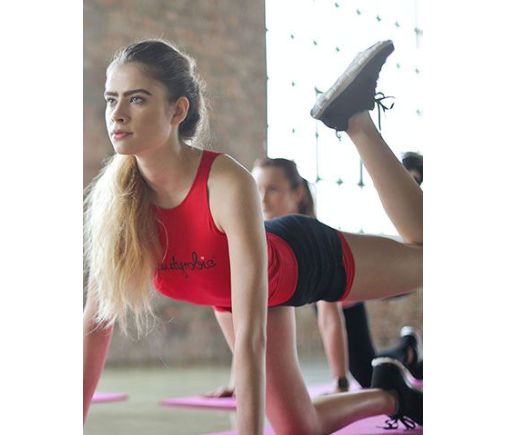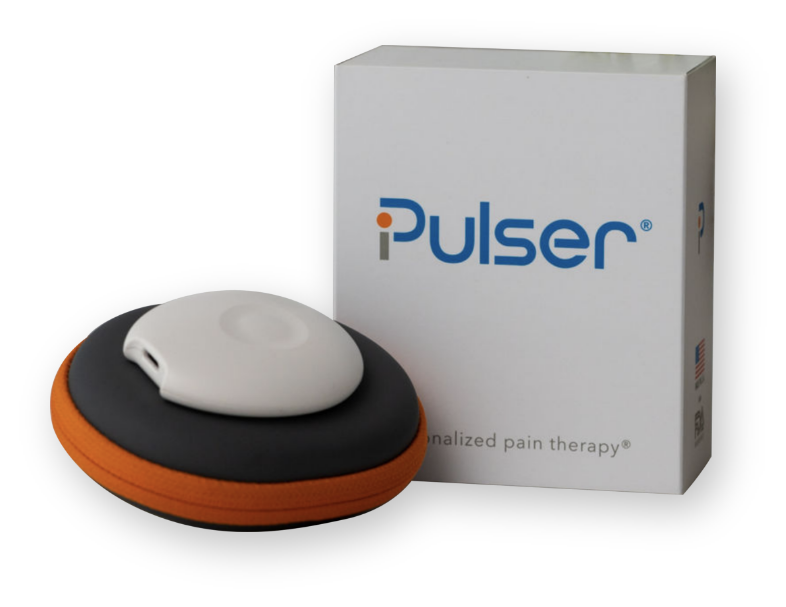When you’re in pain, the last thing you want to do is get up and exercise. However, certain exercises can help you reduce the pain you are experiencing. Gentle movement-based exercises like tai chi, yoga, and qigong can be a great option for you. Even daily walking can provide many health benefits.
How Does Movement Reduce Pain?
The science behind it is that slow movements and focused breathing can calm your autonomic nervous system. This will stop the production of hormones like cortisol and adrenaline, which send your body into fight or flight mode.
When you practice yoga, not only are you focusing on gentle movement and proper breathing, but you are triggering a relaxation response, releasing feel-good hormones like dopamine, oxytocin, and serotonin. Those hormones put the body into a state of rest and digest mode, often decreasing many of the pain symptoms that chronic illness sufferers deal with.
How Does Exercise Help With Pain?
Depending on your specific health concerns, exercise may naturally decrease pain symptoms and reduce inflammation without using any drugs. Trying different types of exercise like relaxation, cardio, strength, and stretching can help melt away pain over time. What exercises are good to help with pain?
1. Cardio
Cardio exercises like walking, swimming, and water aerobics are all forms of movement that aren’t strenuous to the body. Taking a 30-minute walk 3 to 5 times a week can aid in endurance, strength, and heart health.
2. Relaxation
Relaxation and visualization exercises can be key for people dealing with chronic illnesses. It is very effective, can get your body into a state to properly heal, and doesn’t cost a dime. Deep breathing and meditation are two ways you can start today to help your body heal itself and return to a state of homeostasis.
3. Stretching
Stretching can help loosen tight muscles while relieving stiffness and tension throughout the body. Performing specific stretches like a low back and glute stretch can reduce pain.
If you’ve got a specific part of your body, doing a stretch that targets that area will help relax the muscles. Doing yoga is a great way to relax all the muscles in the body, which should have a positive impact on your overall health.
4. Strength
It’s wise to not overdo the strength training exercises, but building strength is important for building strong bones and maintaining muscle. Adequate core strength is especially important for people dealing with chronic pain, as it helps maintain proper balance and posture.
Does Walking Help Reduce Pain?
If you are someone that deals with chronic illness and pain, then you likely avoid exercising. A lot of chronic pain sufferers deal with a lot of fatigue and it makes it hard to have the motivation to exercise. Also, you may think that it can cause the pain to flare up if you exercise. However, there has been some research to show that if you do the right kinds of exercises, it can actually help you.
For example, taking a brisk walk starting that’s about 15-20 minutes every day can reduce the pain and damage of chronic illnesses. One of the positive benefits of walking is that the movement helps increase strength in surrounding muscles which increases stabilization and lubrication of the joints.
While cartilage doesn’t have a blood supply, it does have living cells and movement positively affects the nutrition of the cartilage. Exercise may also promote positive changes in the brain, which can reduce the perception of pain. Natural opioids are released through exercise, providing benefits without the possibility of addiction.
Why Does Movement Help With Pain?
A large component of pain is due to excessive inflammation in the body. When the body is inflamed, it can lead to increased pain sensitivity. Movement can help extinguish the flames of inflammation as it targets pathways that shut off or limit the inflammatory response.
When people perform cardiovascular exercise it can also reduce the perception of pain, as exercises that elevate the heart rate also helps the body naturally increase feel-good endorphins and hormones that attach to the brain’s opiate receptors. Movement isn’t an immediate pain reliever, and it may take weeks or even months to notice a huge difference.
Does Stretching Help With Pain?
A lot of pain is due to the tension of muscles, so it makes sense that stretching can help with the pain. One of the first prescriptions a doctor writes for chronic pain is for physical therapy. Physical therapy is often very important in a pain management plan, as you will be shown which exercises you should be doing to decrease your pain. Stretching the muscles may improve joint function, lower the risk of injury, and give you better coordination.
How To Move Through Pain?
One surprising fact is that chronic pain has been linked to trauma. When you experience a physical, mental, or emotional trauma, it can trigger physical pain. It’s important to be mindful of your mental and emotional state as you work on reducing pain. Here are some tips to help you move through pain:
- Flip the script - turning thoughts like “I can’t believe this happened” to “I am lucky to get a new chance at life” can counter painful thinking.
- Physically distance yourself from toxic people - when you’re around toxic people, the stress alone is enough to trigger pain.
- Embrace mindfulness - whether it’s meditation or being present, past pains can slowly fade away.
- Give yourself grace - showing yourself compassion and patience is a wonderful way to help bring your body into healing mode.
What Pain Gets Worse With Movement?
All pain doesn’t get better with movement, so it’s important to make sure the movement you’re doing is good for your body. It’s important to meet with your doctor to go over your specific pain symptoms so they can make recommendations on which movement is appropriate for your situation. You don’t want to do any type of exercise that could potentially produce more pain.
Living with pain can be uncomfortable and inconvenient, but there are options to help manage pain. Movement can help with pain, whether it is in the form of walking, yoga, cardiovascular, or even stretching.
Resources:
https://www.latimes.com/archives/la-xpm-2010-jul-05-la-he-pain-exercise-20100705-story.html
https://www.healthline.com/health/exercises-to-reduce-chronic-pain
https://www.latimes.com/archives/la-xpm-2010-jul-05-la-he-pain-exercise-20100705-story.html
https://coloradopaincare.com/the-benefits-of-stretching-for-chronic-pain/








